Discover Key Updates in Ruby on Rails 7
Ruby on Rails, an esteemed open-source web application framework with over a decade of history, enjoys a dedicated developer community drawn to its user-friendly nature, simplicity, and efficiency in expediting development. The most recent release, Ruby on Rails 7, introduces a slew of enhancements and novel features, which we’ll delve into in this blog post.
Action Mailbox
A standout addition to Ruby on Rails 7 is Action Mailbox. This feature empowers developers to receive emails from diverse mailboxes and seamlessly process them within the application. Particularly advantageous for systems dealing with customer support or ticketing, Action Mailbox allows developers to establish rules for handling incoming emails. For instance, emails from specific addresses can be automatically associated with corresponding user accounts within the application. Notably, Action Mailbox supports inbound emails from various mail providers, including Gmail, Yahoo, and Outlook, and developers can define custom mailboxes for emails from other sources, simplifying the integration of email functionality.
Action Text
Another highlight of Ruby on Rails 7 is Action Text, a rich text editor enabling users to format content with styles like bold, italic, and underline. Based on the Trix editor by Basecamp, Action Text facilitates the seamless integration of a rich text editor into applications without necessitating intricate coding. Moreover, it includes a feature enabling developers to attach files, such as images and documents, to their content—an especially valuable asset for applications handling user-generated content like blogs and social networks.
Webpacker by Default
In Ruby on Rails 7, Webpacker, a tool for bundling JavaScript, CSS, and images for web applications, is now included by default. This eliminates the need for manual configuration, streamlining the asset bundling process. Developers can leverage modern JavaScript frameworks like React and Vue.js, and benefit from features such as hot module replacement, enabling real-time code changes without page reloads.
Rails UJS
Introducing Rails UJS, a new library in Ruby on Rails 7 that furnishes JavaScript functions for developers to interact with the Rails server effortlessly. This library simplifies common interactions, such as form submissions and Ajax requests, minimizing the need for intricate JavaScript coding. Notably, Rails UJS supports Turbo, a framework developed by Basecamp, facilitating the construction of fast and dynamic web applications without the complexities of extensive JavaScript coding.
Multiple DB Support
Ruby on Rails 7 enhances support for multiple databases, allowing developers to configure applications for seamless utilization of multiple databases, such as a primary database and read-only replica. This proves advantageous for data-intensive applications requiring horizontal scaling. The feature also enables dynamic switching between databases, catering to scenarios where read operations are directed to replicas and write operations to the primary database.
Parallel Testing
A key introduction in Ruby on Rails 7 is parallel testing, permitting developers to run tests concurrently and significantly reducing testing time. Leveraging multiple processes, this feature allows simultaneous execution of multiple tests, proving particularly beneficial for applications with extensive test suites. Beyond efficiency gains, parallel testing aids in promptly identifying test failures, expediting the debugging process and maintaining high test coverage.
Improved Error Reporting
Ruby on Rails 7 introduces enhanced error reporting, streamlining the identification and resolution of errors in applications. This includes comprehensive error messages, detailed error information, and, notably, stack traces for JavaScript errors. This is a valuable asset for applications heavily reliant on JavaScript, enabling developers to swiftly pinpoint the source of errors.
Conclusion
With its wealth of new features and improvements, Ruby on Rails 7 stands out as a compelling release. Whether you’re embarking on a new project or updating an existing one, the framework’s enhancements, ranging from Action Mailbox and Action Text to improved database support and testing capabilities, offer a robust toolkit. Ruby on Rails 7 continues to demonstrate its prowess as a flexible and powerful web application framework, evolving with each release to meet the demands of developers aiming to construct fast, dynamic, and responsive web applications. If you’re a Ruby on Rails developer, now is an opportune moment to explore the capabilities of this latest release.
Read more: Future Prospects of PHP: Trends and Insights


